Behind RHS Armor
Many players who are using the RHS mod for ARMA may wonder how our custom vehicle armor and ammunition systems work and what it takes to create them. Some may even confuse mechanics with game bugs.The following blog posts will cover both the research and implementation of the gathered data into the game.
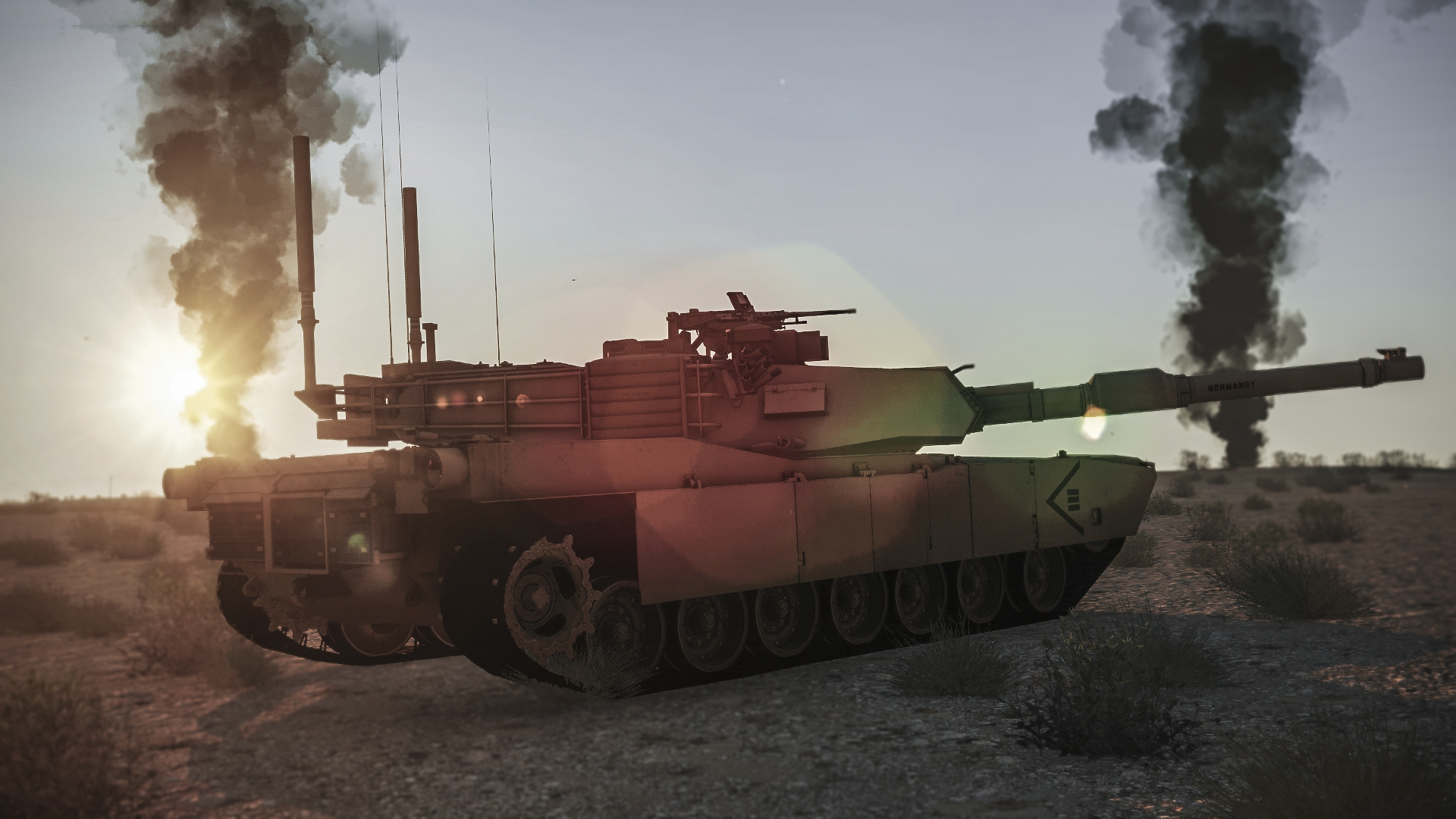
Part 1: Research Phase
In order to achieve an authentic depiction, we have to dig deep with our research. Sometimes this phase ends up being more difficult and complex than initially anticipated. Most of the research time goes towards the protection systems of the modern combat vehicles, as well as their performance, their ammunition systems, and connected components that influence their field behavior.
Our primary and most efficient source of information is still literature, and for this very reason we try to get access to the most comprehensive books available on the subject. When it comes to United States Forces vehicles, we look for information in Richard P. Hunnicutt’s series which are dedicated to the western/nato vehicles. The author’s work is absolutely fantastic as he provides a broad and detailed insight on the subject of current fielded military vehicles. For the Armed Forces of the Russian Federation, we look for Mikhail Baryatinsky books such as Основной танк Т-72. Уральская броня против НАТО. The information available here is one of the most accurate from the existing russian literature
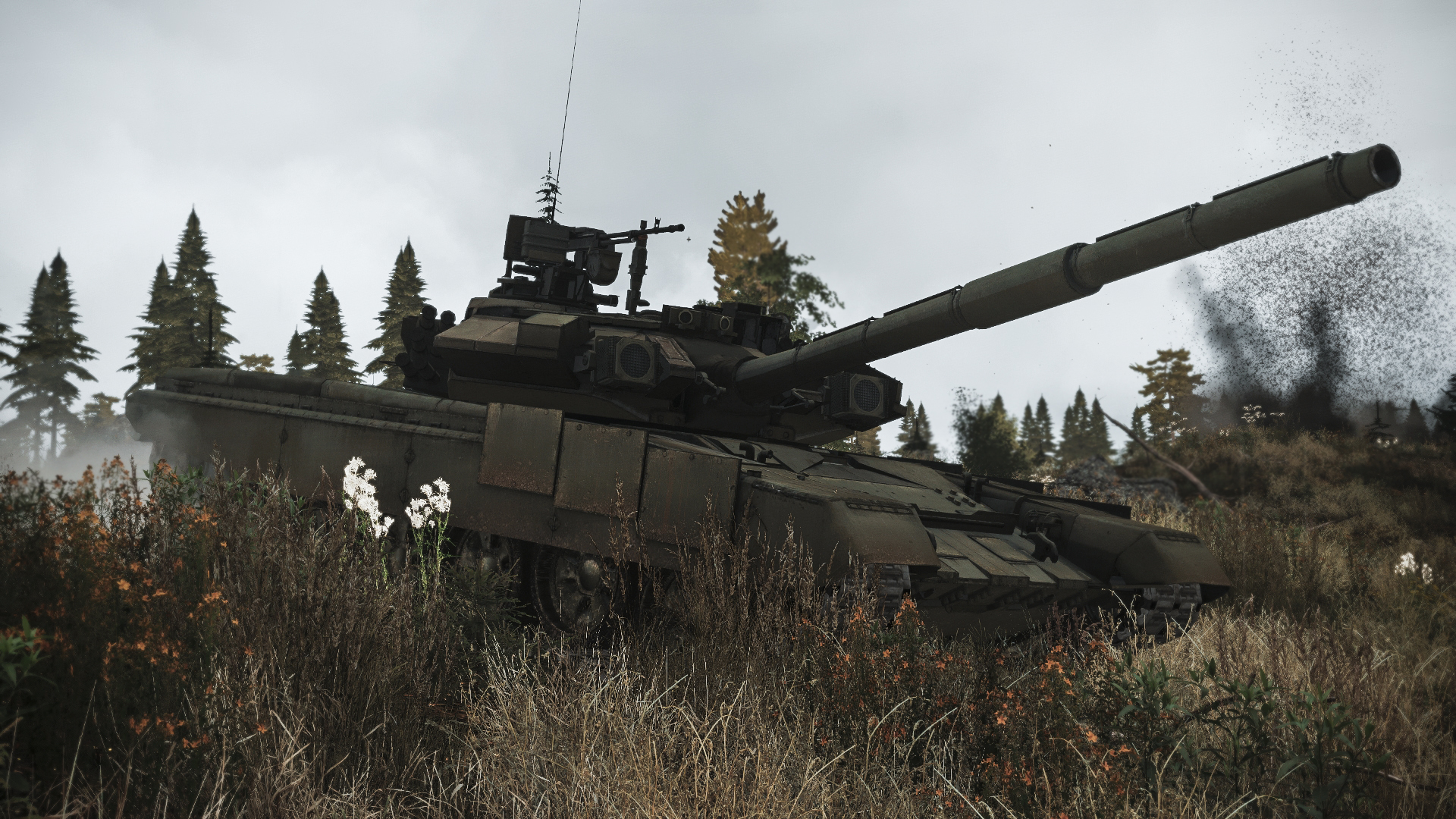
Besides books, there are other sources we can approach. Contrary to popular belief, the internet is the second best resource out there depending if one knows where to find the accurate and credible people and places for to discuss these matters. Some of the better sources are these forums: Tanknet and СИЛА РОССИИ . Furthermore, certain specific details can also be found in public archives such as Defense Technical Information Center.
The third resource available is photographs and videos that are either privately or publicly available. These can, at the very least, provide a general idea how a specific assembly works in reality and together with factual data gathered from the other two sources, form a pretty accurate and reliable overall picture of the combat capability, protection available, and expected battlefield performance.
If we were to take US M1A1 and M1A2 MBTs as examples, the first fact that is of interest to us is the thickness of their armor. A starting point is to look for the public data available regarding their composite armor and its disposition (it protects front and sides of turret as well as the hulls front area). While we cannot be 100% certain without measuring the real thing (which would be pretty difficult without stripping it down to individual parts), we can narrow it down by knowing where the armor module starts and where it ends. Due to the way the armor system is designed (modular approach, based on inserts that are installed into cavities of the turret and hull) this can be achieved by visually searching for the weld lines, providing the overall dimensions and position of the mentioned cavity. However, this information is only partly accurate because it doesn’t provide hard data regarding thickness of the backplate
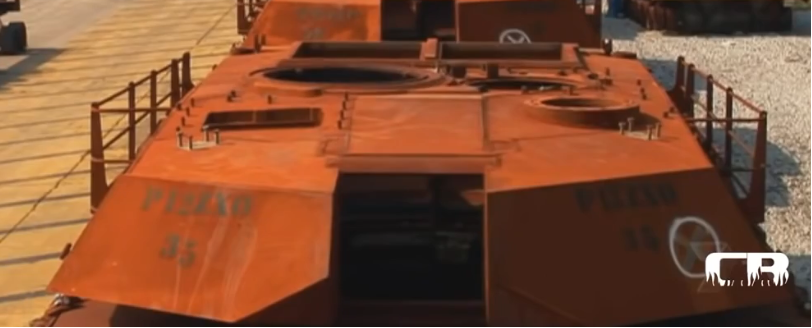
The photo above shows M1 tanks being shipped from Anniston Army Depot to Joint System Manufacturing Center, where the tanks are due for upgrades. There are visible weld lines on the top of the turret that provide insight to where the special armor inserts begin.
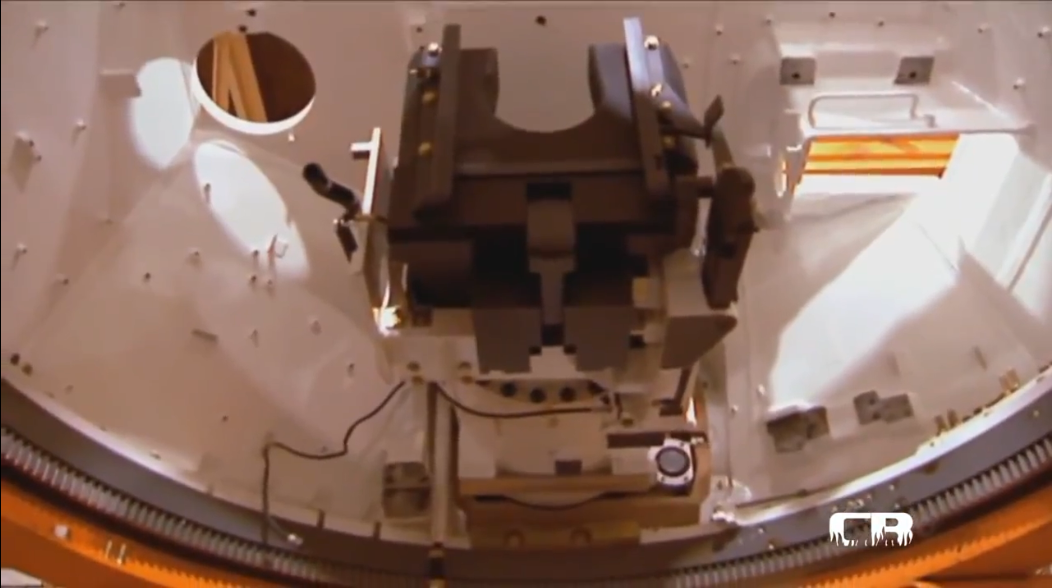
To estimate their ending part and determine the cavity shape and size, inside images such as the above without any other equipment installed helps out quite a bit, being able to tell end of the armor inserts. By comparing the exterior weld lines with the interior ones we can determine the actual thickness of the inserts.
The real data is classified by OPSEC, but based on public data available and declassified information (weight, dimensions, combat armor performance) together with the above workflow, we can determine pretty accurately most of the the missing parts and paint the overall image of any particular vehicle.
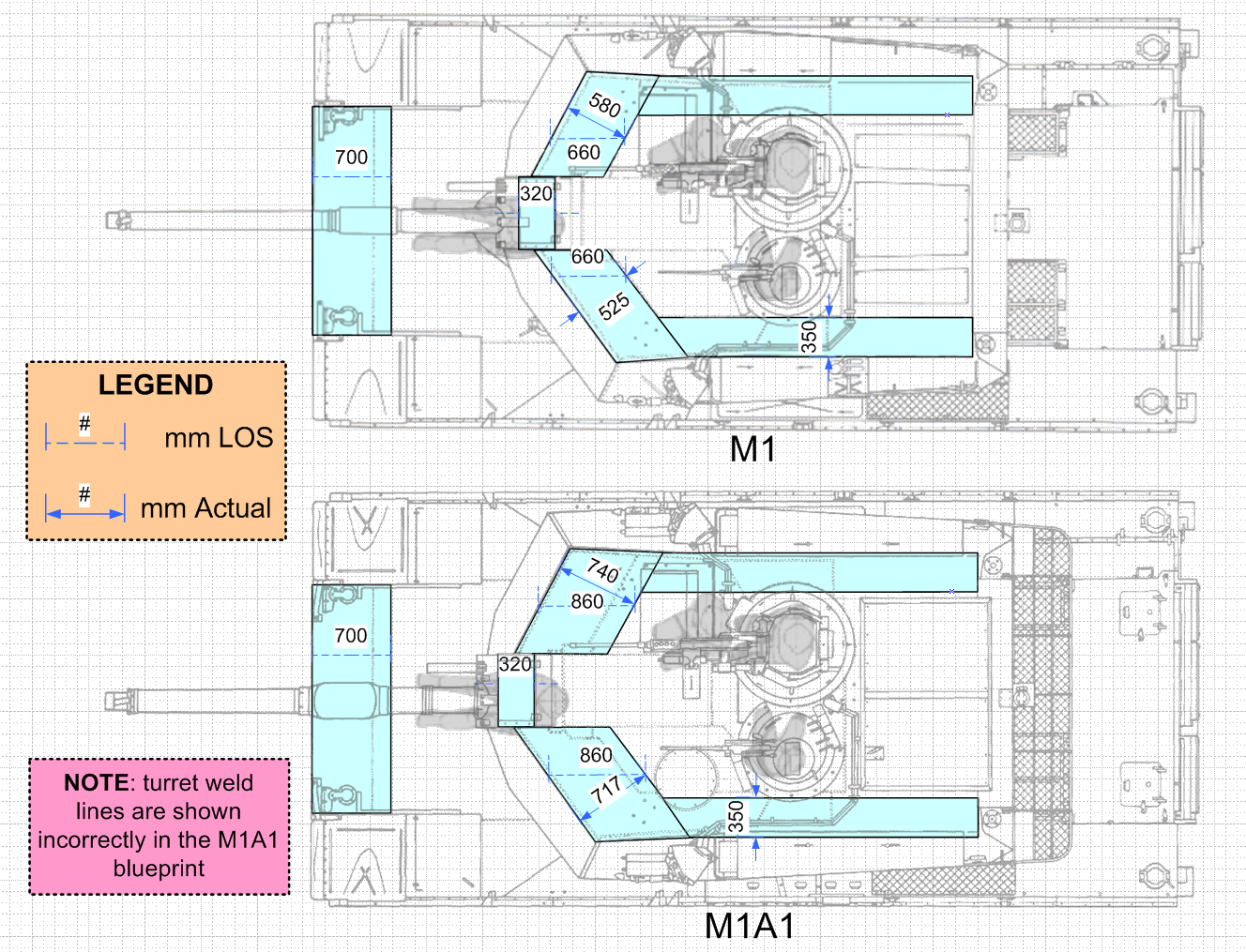
The above is an estimate based on the research work done on the M1, and while it might not be 100% correct, it should be as close as is possible to the real data.
to be continued...
Back to Blog...